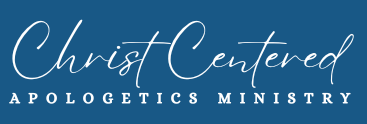In the first century, persecution and poverty made church buildings impossible. Christians met for worship in private homes. From Paul's epistles, especially those to the Corinthians, we learn that there were two sorts of meetings of worship. One was of the nature of a prayer meeting. It was carried on by the people, who took part as the Spirit moved them. Prayers were offered, and testimony and instruction were given. There was singing of psalms, and also of Christian hymns, which began to be written in the first century.
The Old Testament scriptures were read and expounded, and there was reading or reciting from memory of accounts of the deeds and words of Jesus. When the Apostles sent to churches letters, such as we have in the epistles of the New Testament, these also were read.
The other meeting was the love feast. This was a joyful and sacred common meal, the symbol of Christian brotherly love. Only Christians were allowed to be present. Everyone brought provisions for a meal, and these were to be shared by all alike. Paul rebukes the selfishness of those who ate what they themselves brought, refusing to share with those who could not bring things as good. During the meal prayers of thanksgiving were offered by the preciding brother. At its close, the Lord's supper was celebrated. This meal was held on the Lord's Day, the first day of the week, which the Christians kept as the weekly festival of their Lord's resurection. Although there is a good deal of uncertainty about the matter, it is probable that at first the love feast was held in the evening, the ordinary evening meal taking this form among Christians. Later in the first century, it seems, the Lord's Supper was separated from the love feast and observed at a morning meeting.
We know that in the second century the Lord's Supper. or Eucharist, was celebrated on the morning of the Lord's Day.

